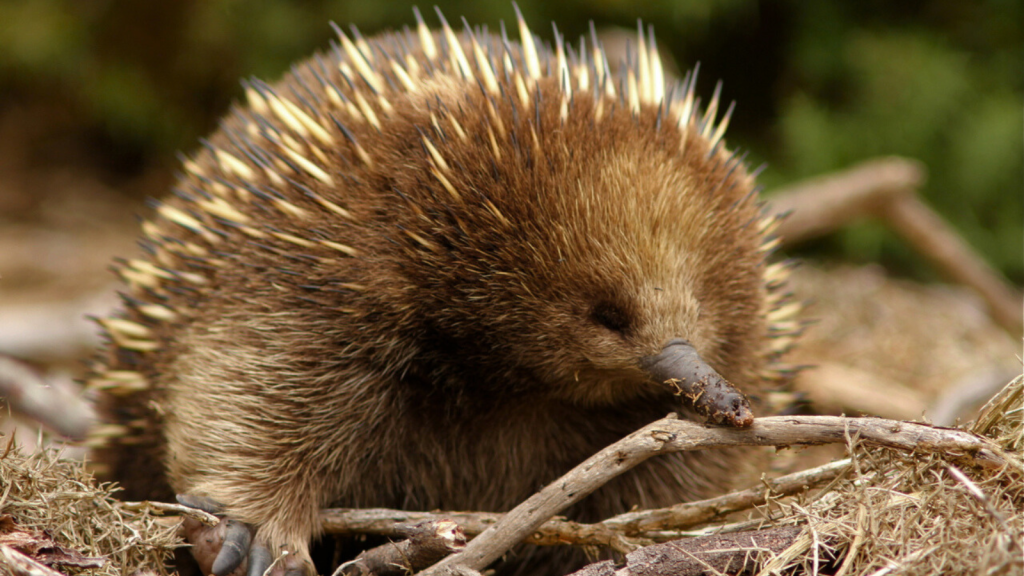The echidna, a peculiar creature found in Australia and New Guinea, is a true oddity of the animal kingdom. With its spiny coat and long snout, it looks like a cross between a hedgehog and an anteater. But there’s so much more to these fascinating animals than meets the eye. Echidnas are egg-laying mammals, a rare trait they share with only one other species – the platypus. They’re ancient creatures, having existed for millions of years, and have adapted to survive in diverse habitats across Australia. Let’s explore some of the most intriguing facts about these spiny wonders that might just surprise you.
They’re Named After a Greek Goddess

The echidna got its name from the Greek goddess Ekhidna, who was half-woman and half-snake. This name was chosen because of the echidna’s unusual mix of reptile-like and mammal-like features. Early European settlers were baffled by these strange creatures, thinking they must be some sort of hybrid animal. There are actually four species of echidna: one in Australia and three in New Guinea.
Echidnas Are Egg-Laying Mammals
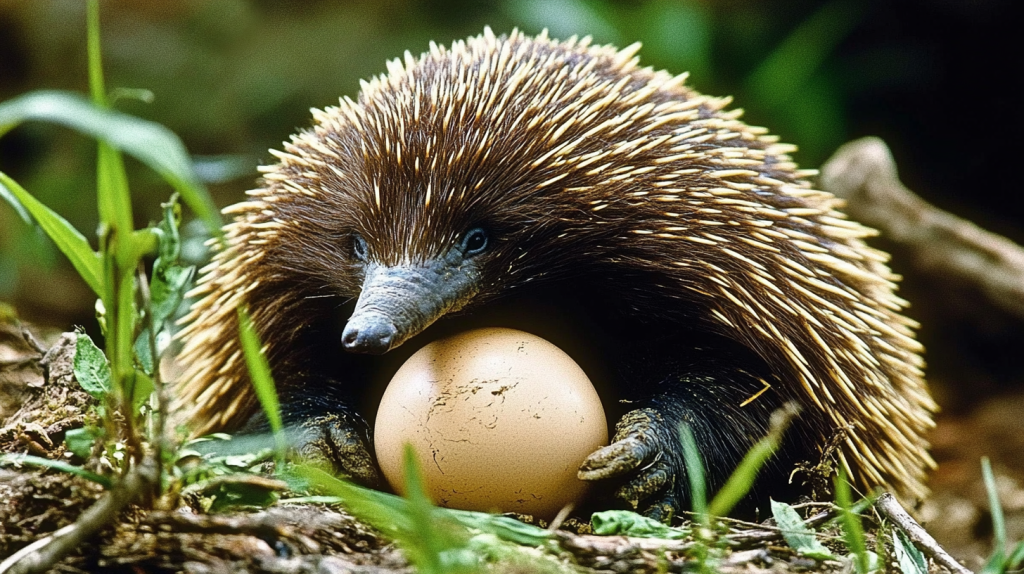
Like their cousin the platypus, echidnas are monotremes – mammals that lay eggs. The female echidna lays a single, soft-shelled egg directly into her pouch. After about 10 days, a tiny, jellybean-sized baby echidna (called a puggle) hatches. It stays in the pouch for about two months, feeding on milk that oozes from special patches on the mother’s skin. Once the puggle develops spines, it’s evicted from the pouch and placed in a specially dug nursery burrow.
They Have Supersonic Hearing
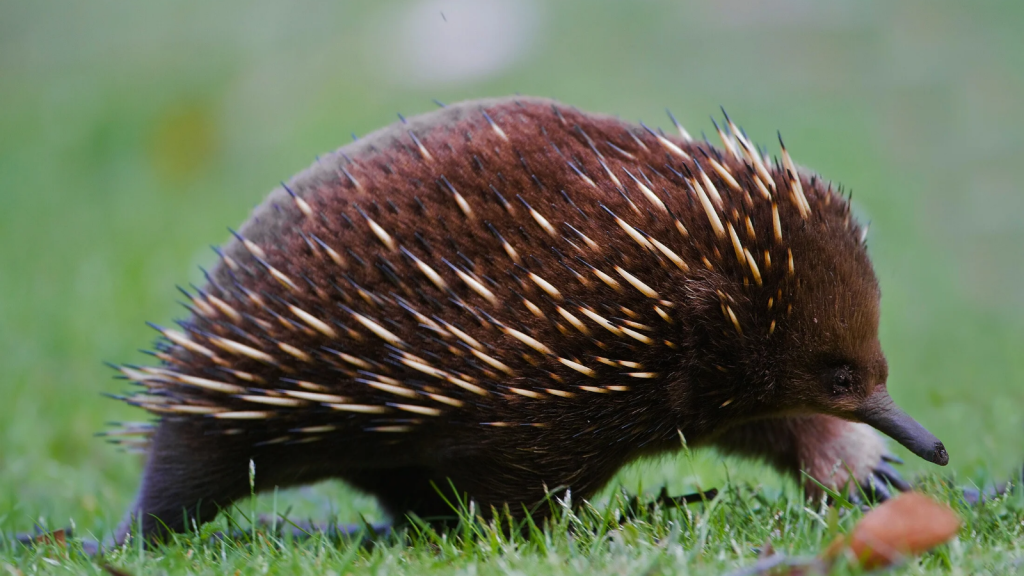
Echidnas have incredibly sensitive hearing, able to detect sounds well beyond the range of human ears. They can hear frequencies up to 20 kHz, which is in the ultrasonic range. This superpower helps them locate insects underground and avoid predators. Their excellent hearing compensates for their poor eyesight, allowing them to navigate their environment effectively.
Echidnas Don’t Have Teeth

Despite their love for ants and termites, echidnas don’t have any teeth. Instead, they have long, sticky tongues that can extend up to 18 centimetres out of their snouts. They use their tongues to catch insects and grind them against hard pads on the roof of their mouth and the back of their tongue. An echidna can flick its tongue in and out up to 100 times per minute when feeding.
They’re Masters of Camouflage
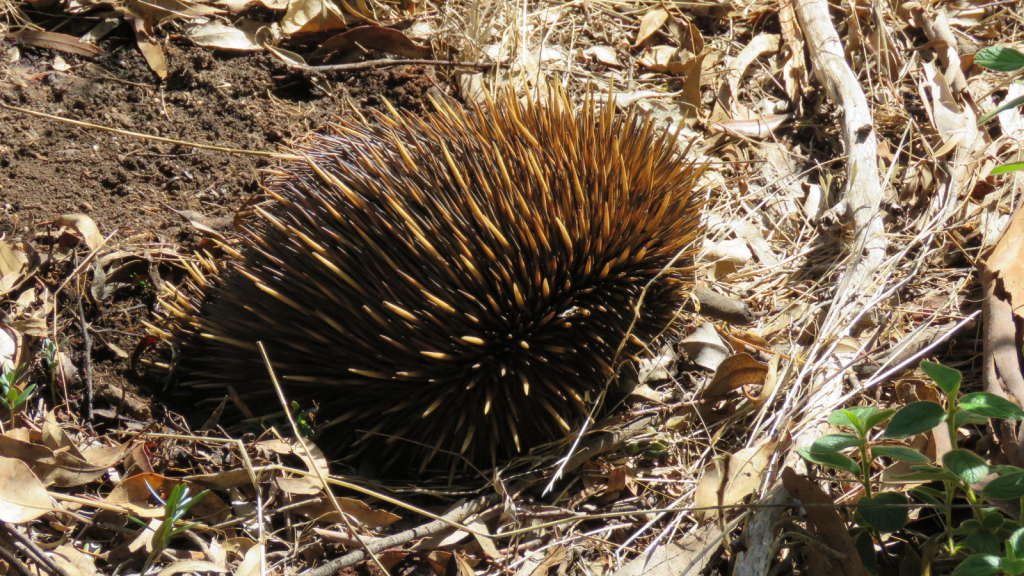
When threatened, echidnas don’t run away. Instead, they curl into a ball, tucking their head and legs beneath their spiny body. On soft ground, they can actually dig themselves in, leaving only their spines exposed. This makes them look like a patch of spiky grass, fooling many predators. Their spines are so effective that even dingoes and Tasmanian devils have trouble attacking them.
Echidnas Can Swim
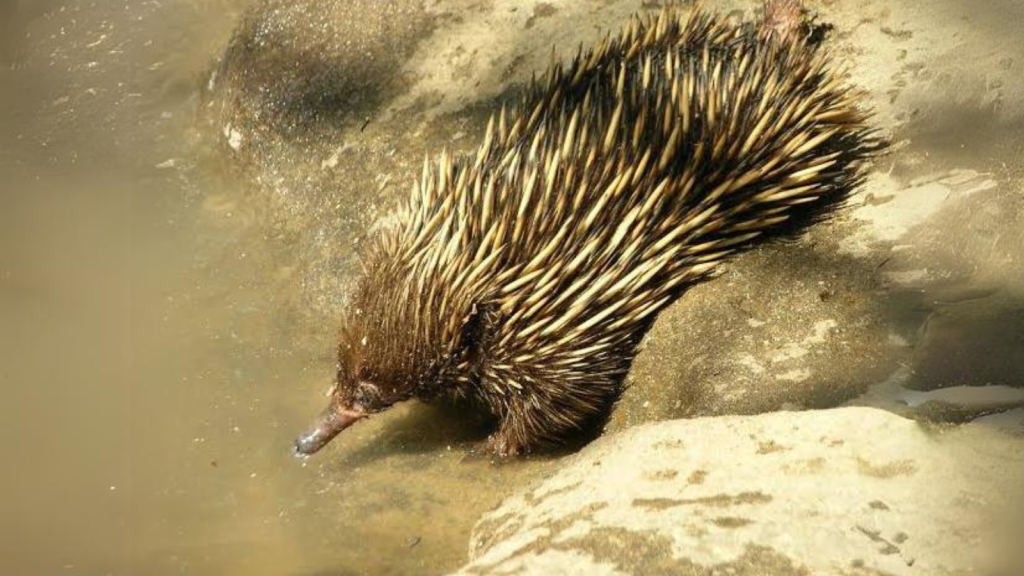
Despite their spiky appearance, echidnas are surprisingly good swimmers. They’ve been spotted paddling across rivers and even venturing into the sea. Their nostrils can close underwater, allowing them to stay submerged for several minutes at a time. Echidnas use a dog-paddle style of swimming, keeping their snout tilted up to breathe.
They Have a Four-Headed… You Know What
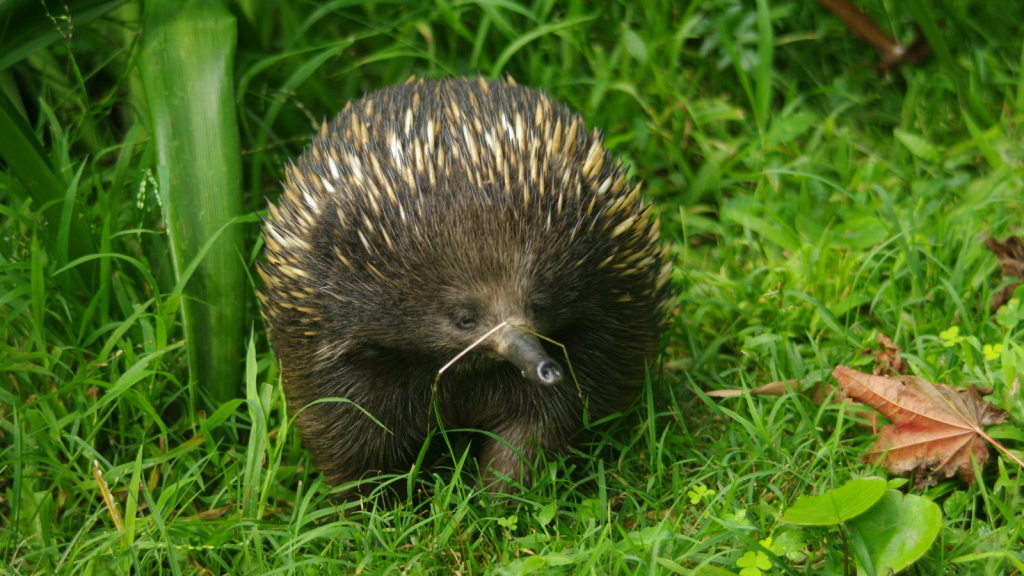
Male echidnas have one of the strangest reproductive systems in the animal kingdom. They have a four-headed penis, but only two heads are used at a time during mating. The unused heads shrink, and they alternate which pair is used each time they mate. This unique adaptation is thought to increase the chances of successful fertilisation.
Echidnas Can Live for 50 Years
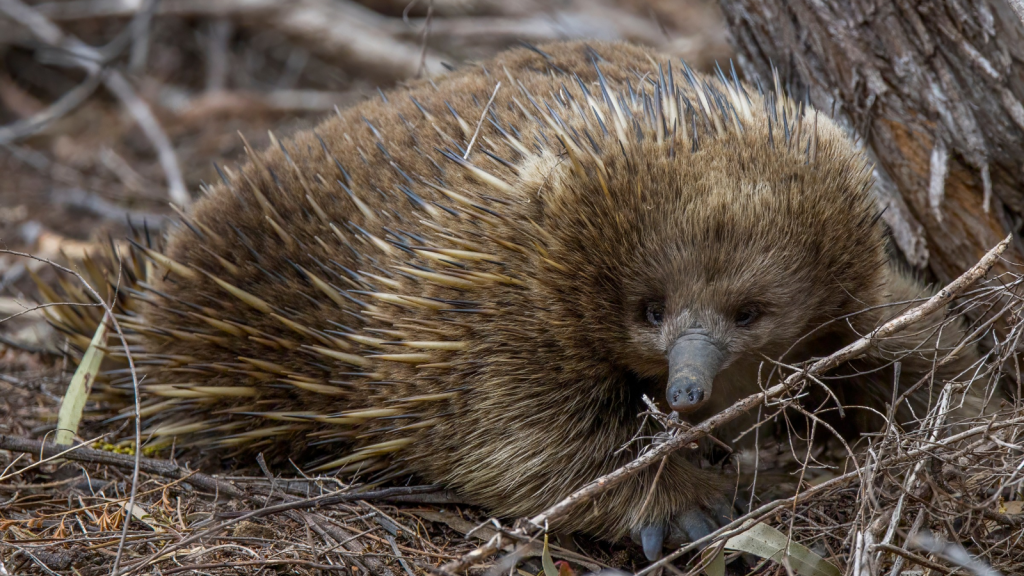
In the wild, echidnas typically live for about 14 to 16 years. However, in captivity, they’ve been known to live much longer. Some captive echidnas have reached the ripe old age of 50, making them one of the longest-lived mammals for their size. This longevity is partly due to their low metabolic rate and their ability to enter a state of torpor when food is scarce.
They Can Lower Their Metabolism
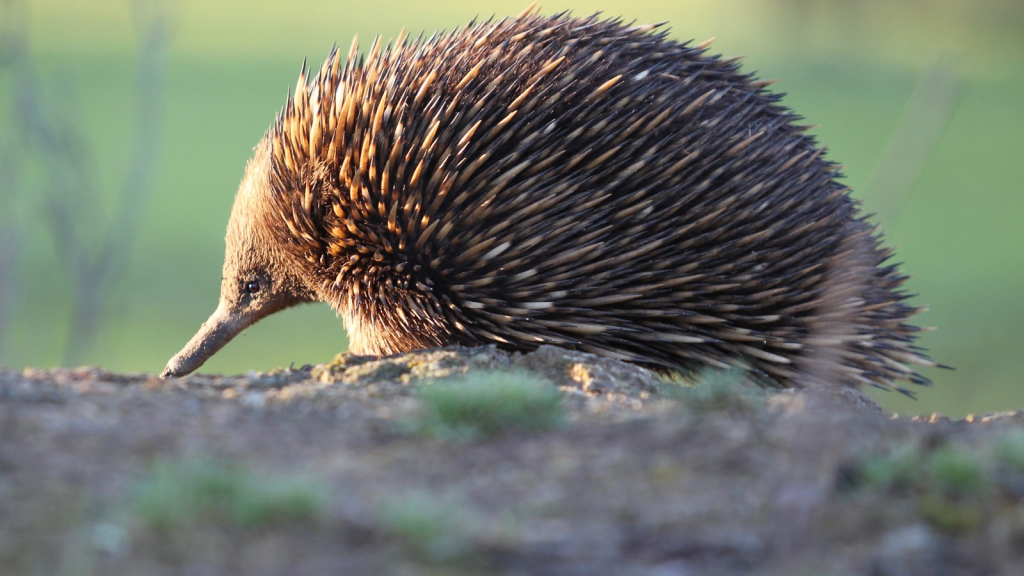
Echidnas have a remarkable ability to control their metabolism. When food is scarce or temperatures are extreme, they can enter a state called torpor. During torpor, an echidna’s body temperature drops, and its heart rate slows dramatically, allowing it to conserve energy. This state can last anywhere from a few hours to several weeks, depending on conditions. In colder regions, echidnas may even hibernate for months at a time, their body temperature dropping to as low as 4°C (39°F) without causing harm.
Echidnas Are Electroreceptive
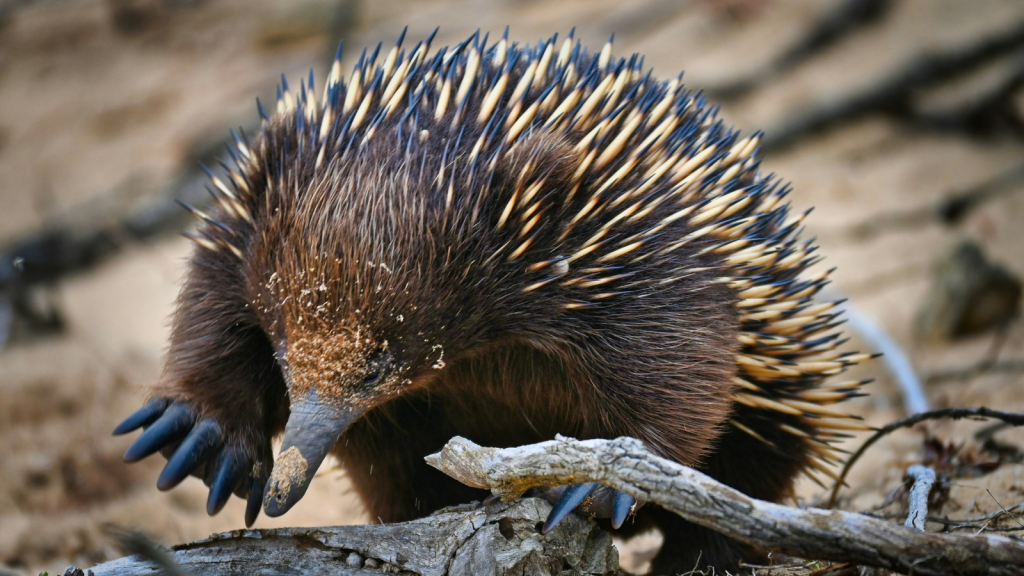
Like their platypus cousins, echidnas have electroreceptors in their snouts. These special sensors allow them to detect the tiny electrical signals produced by the muscle movements of their insect prey. This gives them a sixth sense for finding food, even when it’s hidden underground. The short-beaked echidna has about 400-2,000 electroreceptors, while the long-beaked echidna has up to 2,000 in just the tip of its beak.
They’re Surprisingly Fast
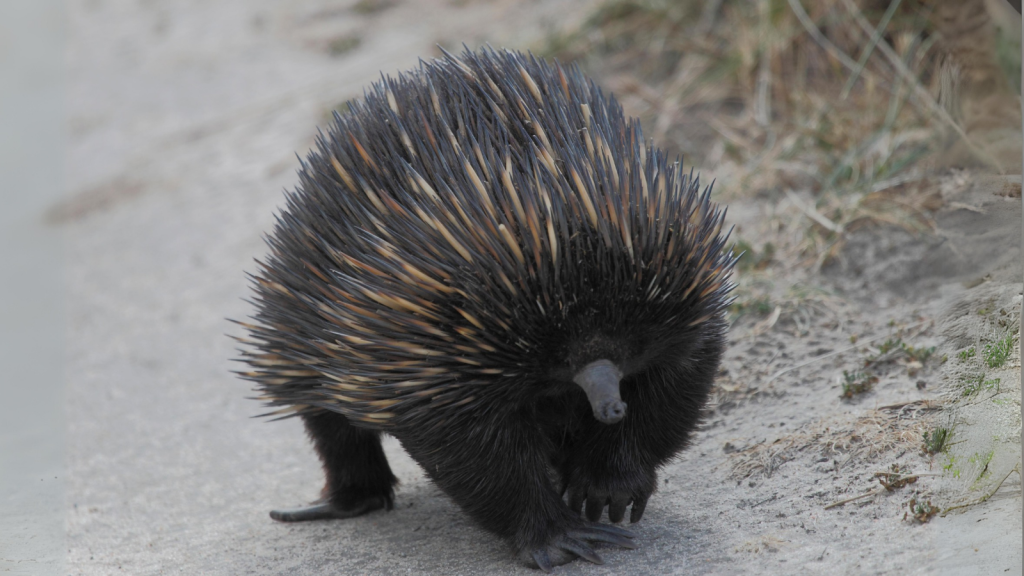
Despite their short legs and spiky appearance, echidnas can move quite quickly when they need to. They can run at speeds of up to 2.3 km/h (1.4 mph). While this might not sound fast, it’s impressive for an animal of their size and build. They can also climb well and have been known to scale fences and walls in search of food or to escape danger.
Echidnas Have Backward-Facing Feet
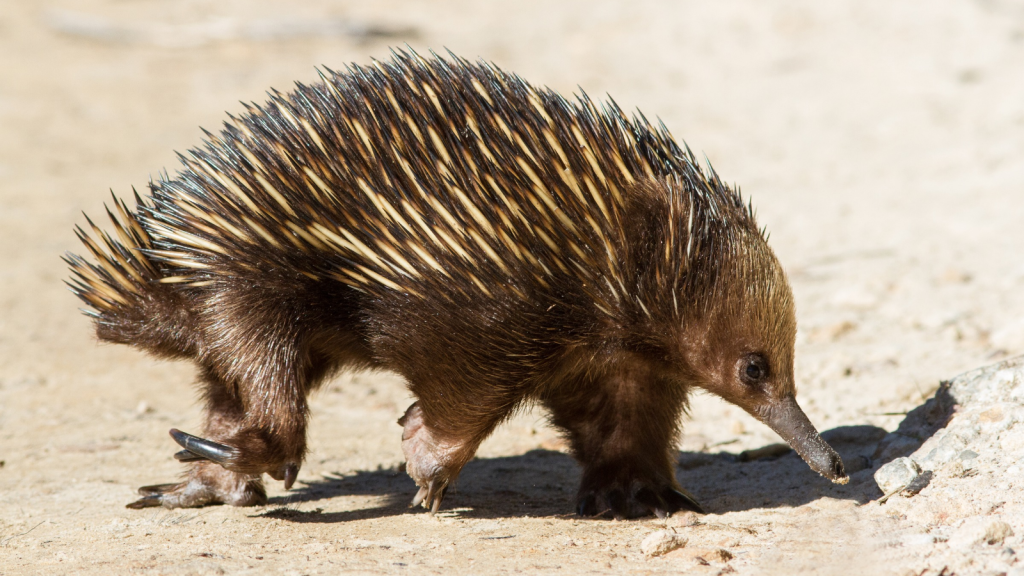
The hind feet of an echidna face backwards, which might seem odd at first. However, this adaptation is perfect for digging. It allows them to push soil out behind them efficiently as they burrow into the ground in search of insects or to escape predators. Their strong claws can dig through hard soil and even break into termite mounds.
They’re Mostly Solitary
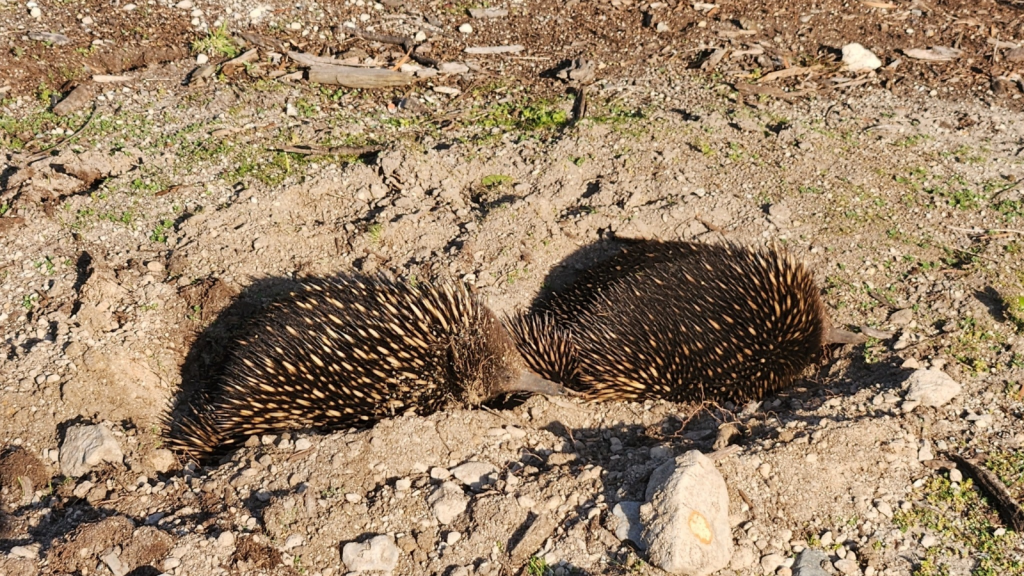
Echidnas are typically solitary creatures, coming together only to mate. However, during the breeding season, males may form a ‘train’ behind a single female, following her for long distances. These trains can consist of up to ten males and may last for several weeks. Outside of breeding season, echidnas are happy to live alone, each with a home range of about 50 hectares.
Echidnas Don’t Have Nipples
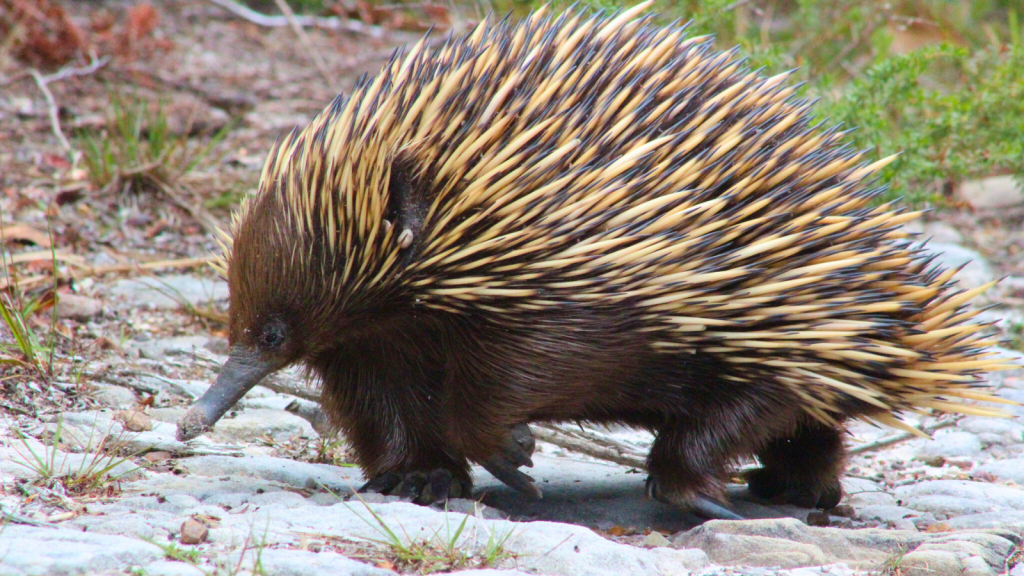
Female echidnas produce milk for their young, but they don’t have nipples like other mammals. Instead, they have special patches on their skin called milk patches. The puggle in the pouch licks milk from these patches as it grows. This unique milk delivery system is another feature that sets monotremes apart from other mammals.
They Have Tiny Eyes
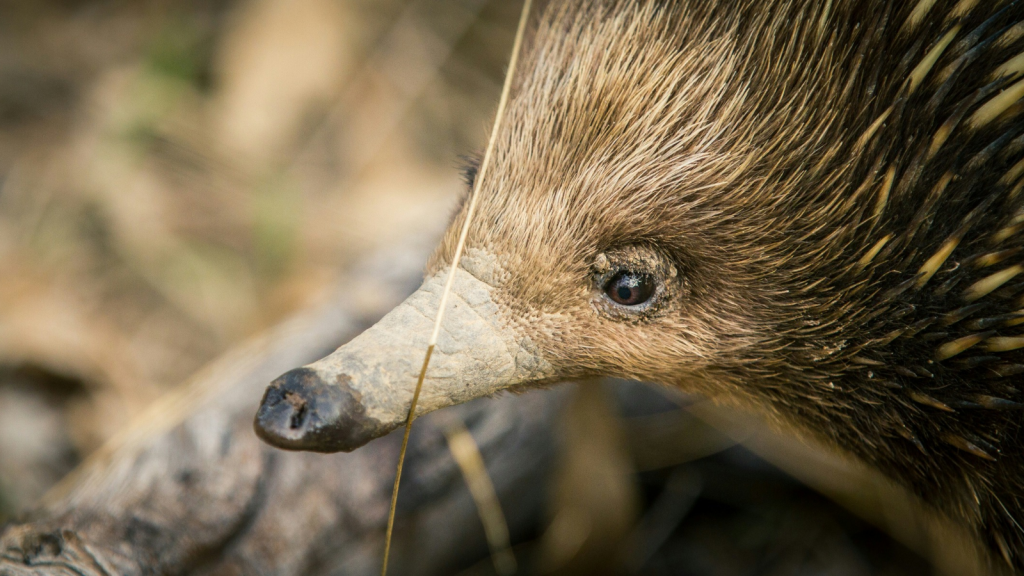
Echidnas have very small eyes, which isn’t surprising given that they rely more on their sense of smell and electroreception to find food. Their poor eyesight is compensated by their excellent hearing and unique sensory abilities. Despite their small size, echidna eyes are fully functional and can detect movement, which helps them avoid predators.
Echidnas Can Blow Bubbles
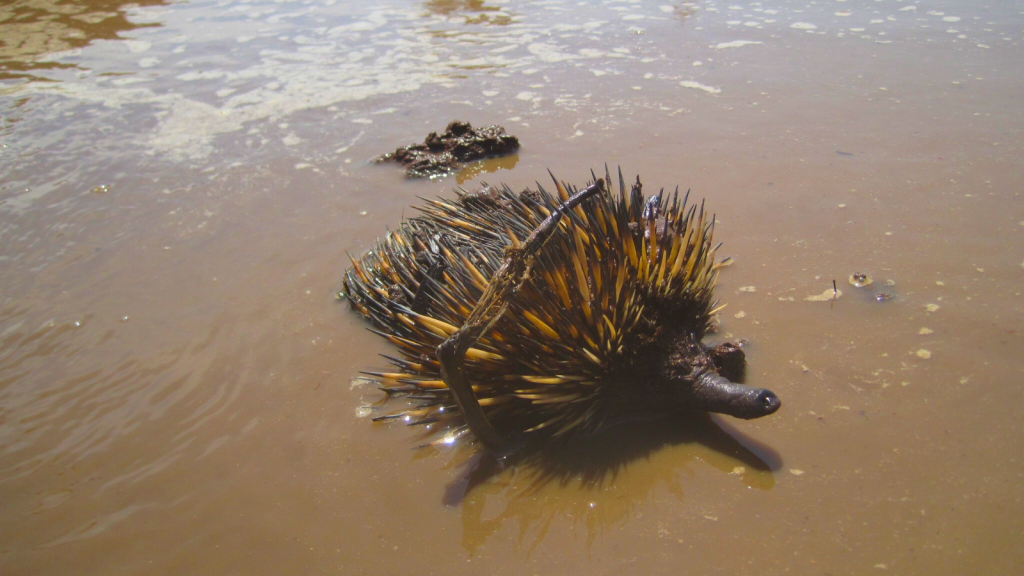
When echidnas swim, they can blow bubbles out of their nostrils. This helps them to clear water from their snouts and breathe more easily while they’re paddling. It’s a quirky behaviour that adds to their charm. This bubble-blowing technique is also used when they’re foraging in muddy or wet areas to keep their sensitive noses clear.
They’re Walking Pincushions
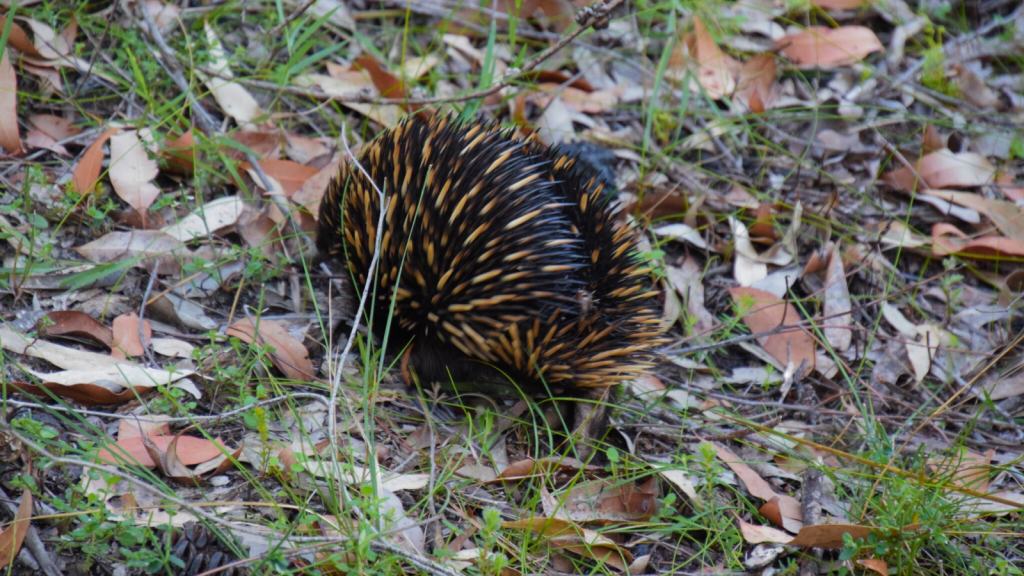
An adult echidna can have up to 150 spines per square centimetre on its back. These spines are actually modified hairs, made of keratin – the same protein that makes up our fingernails. The spines provide excellent protection against predators. Between the spines, echidnas have coarse hair that helps to insulate them and regulate their body temperature.
Echidnas Have Regional Accents
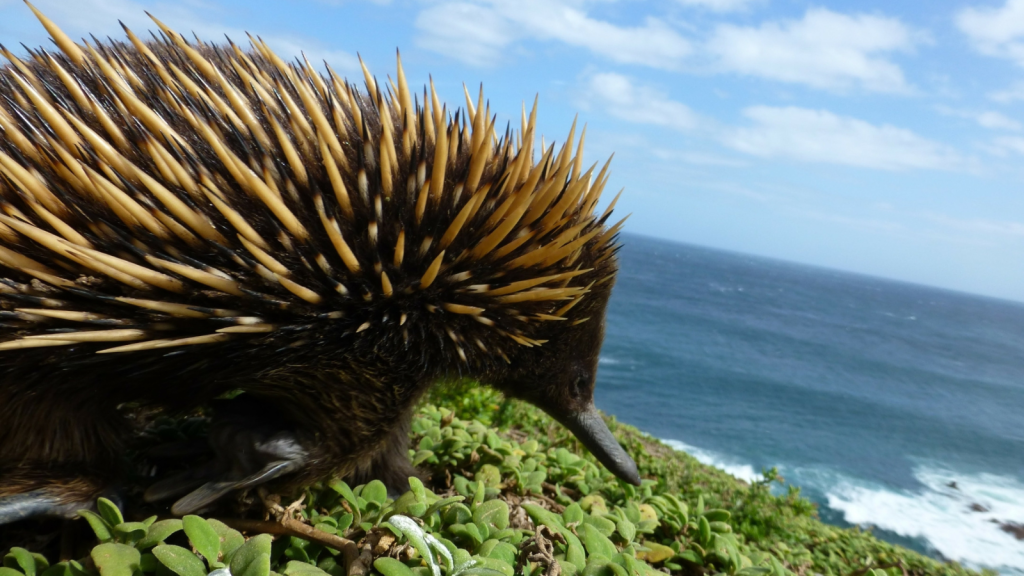
Recent research has shown that echidnas from different parts of Australia have distinct ‘accents’ in their vocalisations. These differences in their grunts and snuffles could be a way for echidnas to recognise others from their local area. This discovery suggests that echidnas may have more complex social behaviours than previously thought.
They’re Champion Diggers
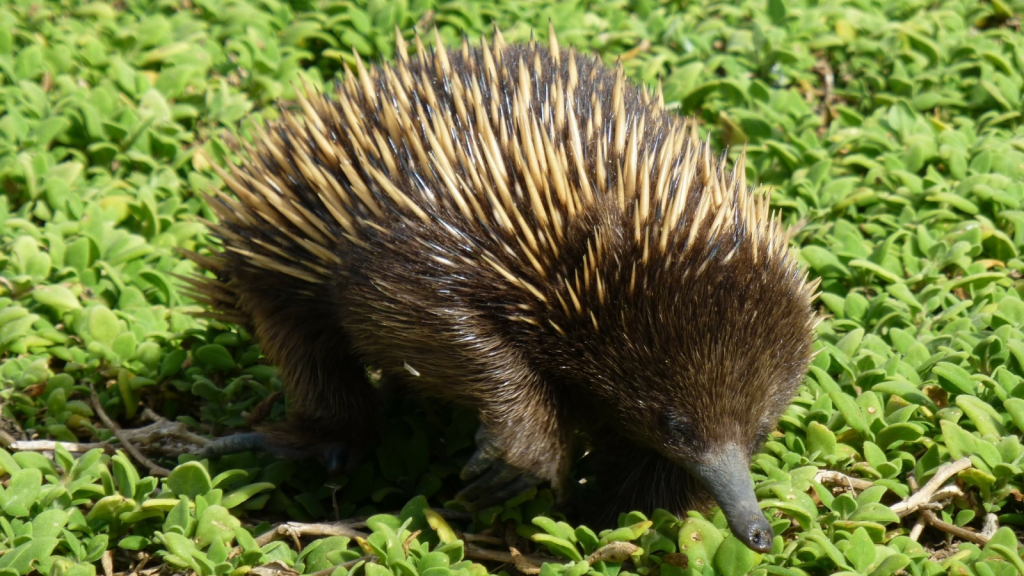
Echidnas are incredibly strong for their size and are excellent diggers. They can easily break into a termite mound with their powerful claws. An echidna can dig straight down into hard soil, disappearing in a matter of minutes. Their digging ability is so impressive that they’re often called ‘nature’s excavators’.
Echidnas Are Living Fossils
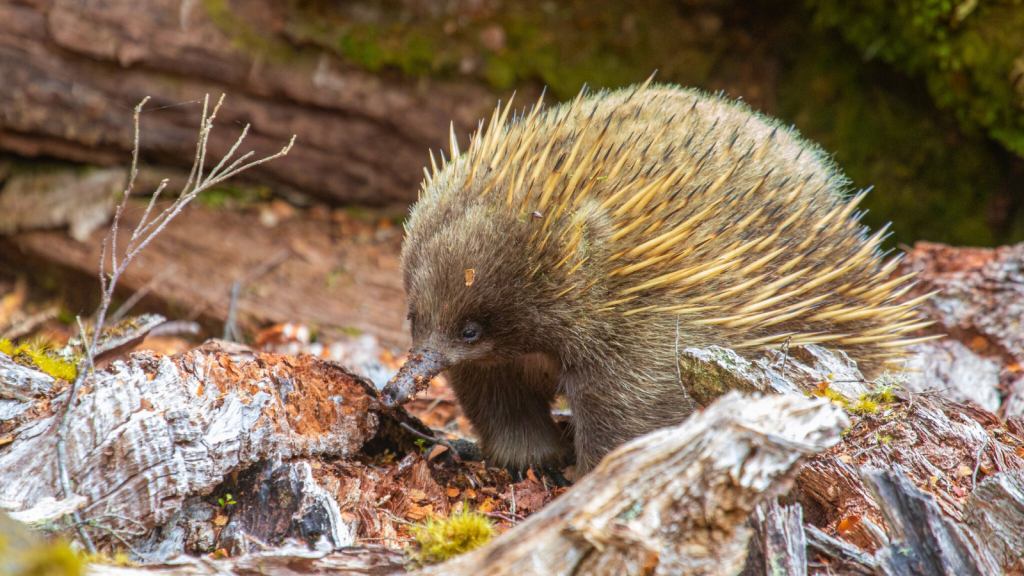
The echidna lineage is ancient, dating back at least 20 million years. They’ve changed very little over this time, making them a ‘living fossil’. This remarkable stability is a testament to how well-adapted they are to their environment. Fossil records show that ancient echidnas were much larger than modern ones, with some species weighing up to 100 kg.
Becky is a fervent wildlife enthusiast and pet care expert with a diploma in canine nutrition. Her love for animals stretches beyond the domestic, embracing the wild tapestry of global fauna. With over a decade of experience in animal welfare, Becky lends her expertise to OutlandishOwl through insightful articles, captivating wildlife information, and invaluable guidance on pet nutrition. Her work embodies a deep commitment to understanding the intricate lives of animals and a passion for educating others on sustaining natural habitats. Becky's hands-on conservation efforts and her knack for translating complex dietary science into practical pet feeding tips make her an indispensable voice for creatures great and small.

